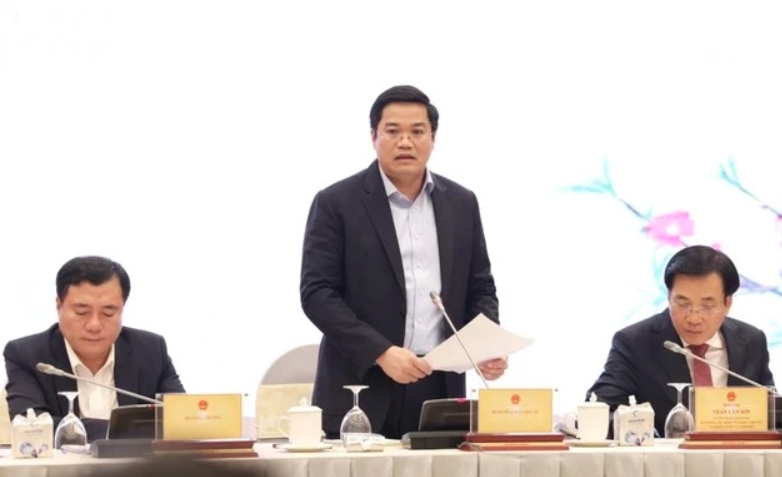
Tam stated that in late December 2024, the Prime Minister issued an official dispatch requiring ministries, sectors, and localities to implement growth scenarios in order to achieve a minimum growth rate of 8% this year, with the potential for double-digit expansion if conditions allow.
This includes high expectations for key growth drivers such as Hanoi, Ho Chi Minh City, Binh Duong, and Dong Nai. If these localities achieve growth beyond the results of 2024, they will serve as significant contributors to the national economy.
To this end, Tam stated that his ministry is committed to continuing innovation and improving the institutional framework in 2025. In the upcoming 9th session of the National Assembly, the government plans to amend several laws, including the Law on Management and Use of State Capital in Production and Business at Enterprises, to create momentum for businesses. Revisions to the Enterprise Law are also expected to address challenges faced by companies.
In addition, measures to stabilise the macroeconomy, control inflation, and ensure the major balances of the economy will be implemented, he said.
Another key solution involves renewing growth drivers, particularly investment, domestic consumption, and exports-imports.
According to the 2025 plan, ministries, sectors, and localities are set to disburse around VND290 trillion (approximately US$11.4 billion) in public investment capital. Combined with carryover funds from 2024, this will exceed VND300 trillion. This substantial amount, if fully disbursed, will act as seed capital to attract other economic sectors and stimulate growth.
The Ministry of Planning and Investment has also identified 2025 as the year to stimulate domestic consumption, including efforts to attract both domestic and foreign tourists, Tam said.
Moreover, the implementation of 17 signed free trade agreements (FTAs) will be accelerated, with a focus on promoting the Halal goods market. Efforts will also be directed towards executing the Politburo’s Resolution 57 on science, technology, innovation, and national digital transformation.
Tam also highlighted infrastructure development as a key growth driver. By the end of 2025, it is expected that 3,000 km of expressways and 1,000 km of coastal roads will be completed.
Furthermore, the construction of financial centres in Ho Chi Minh City and Da Nang represents a new approach to attracting additional resources. If these efforts succeed, the country will have more resources to support economic growth, concluded the deputy minister.


